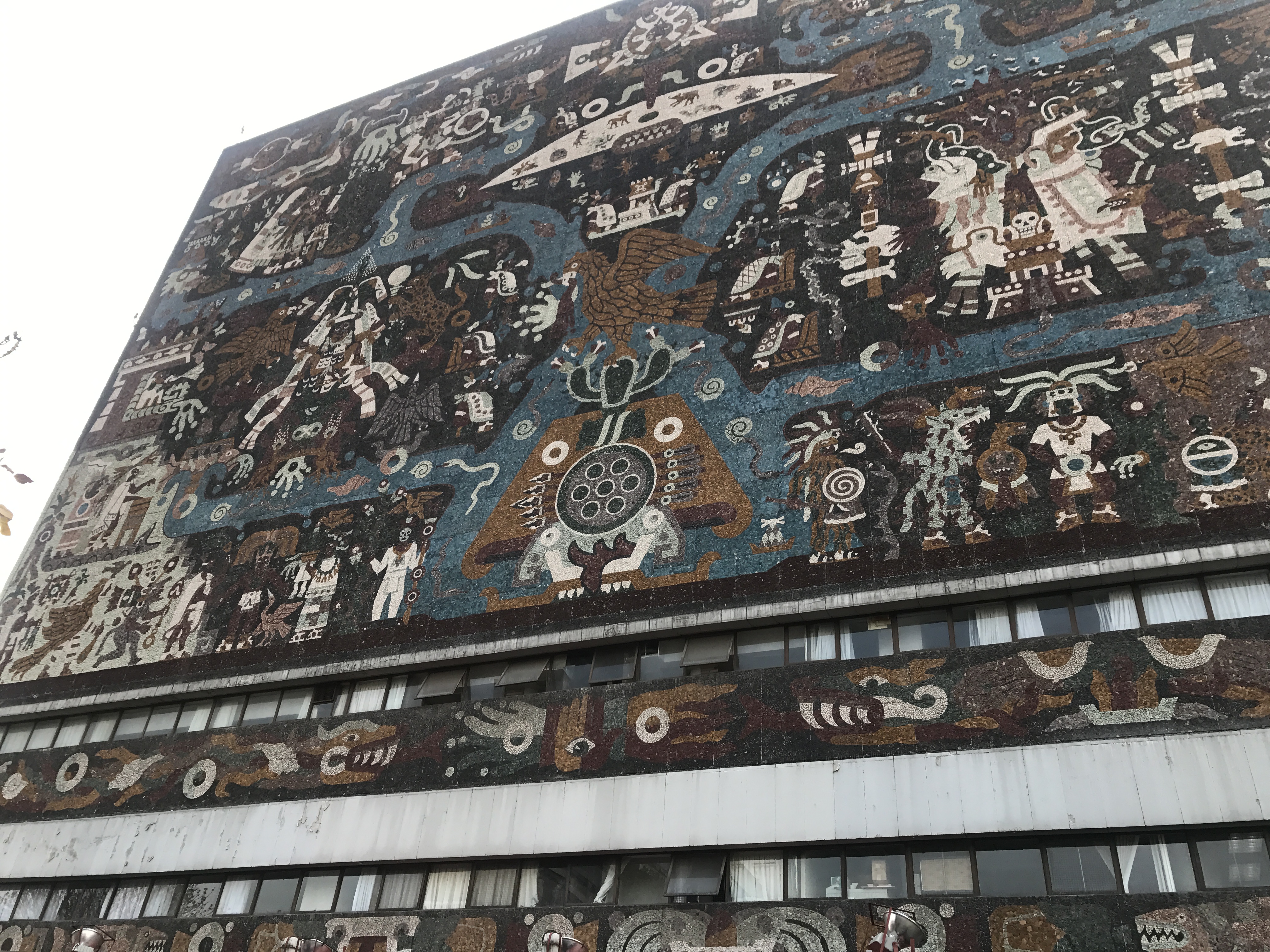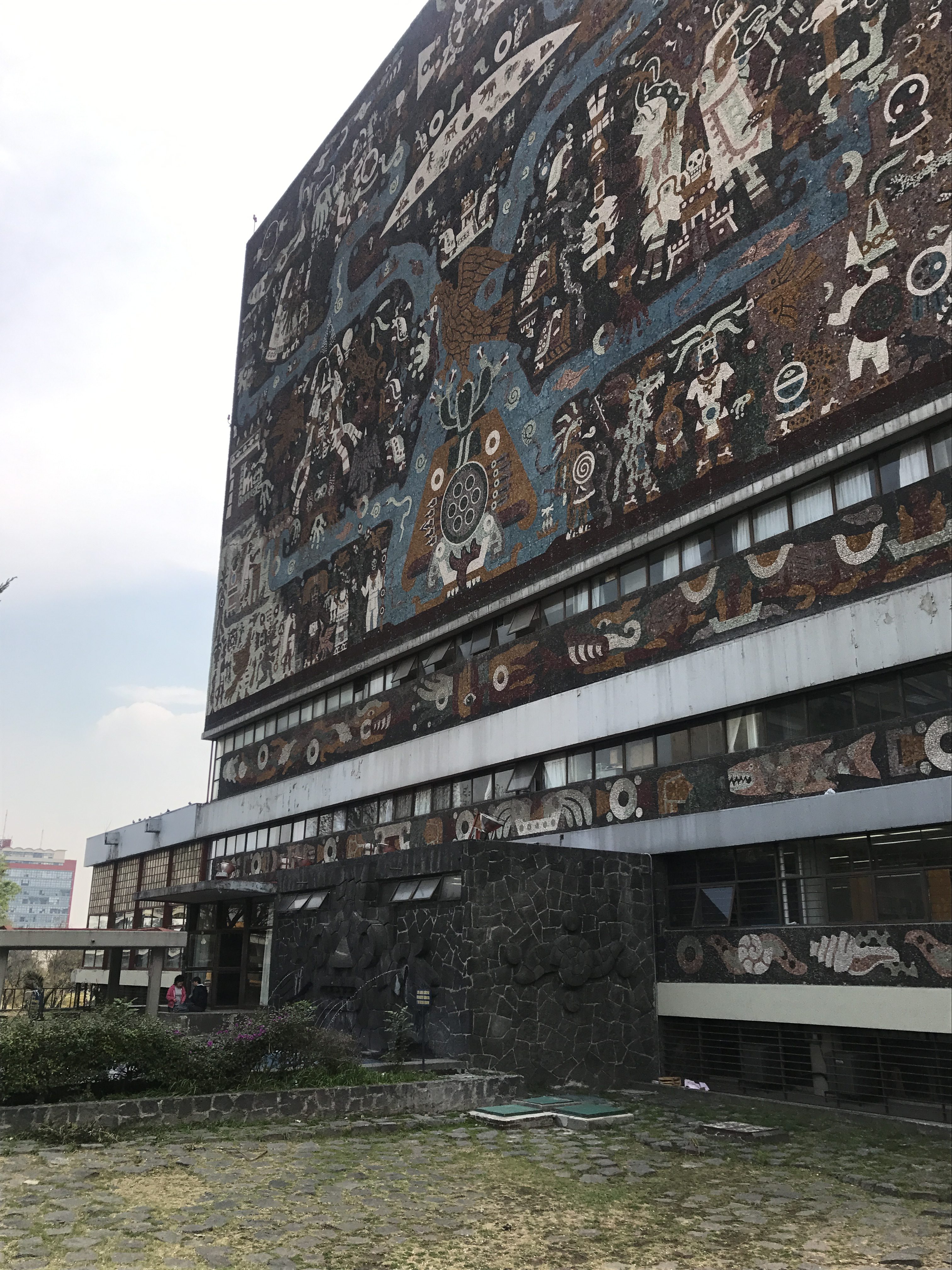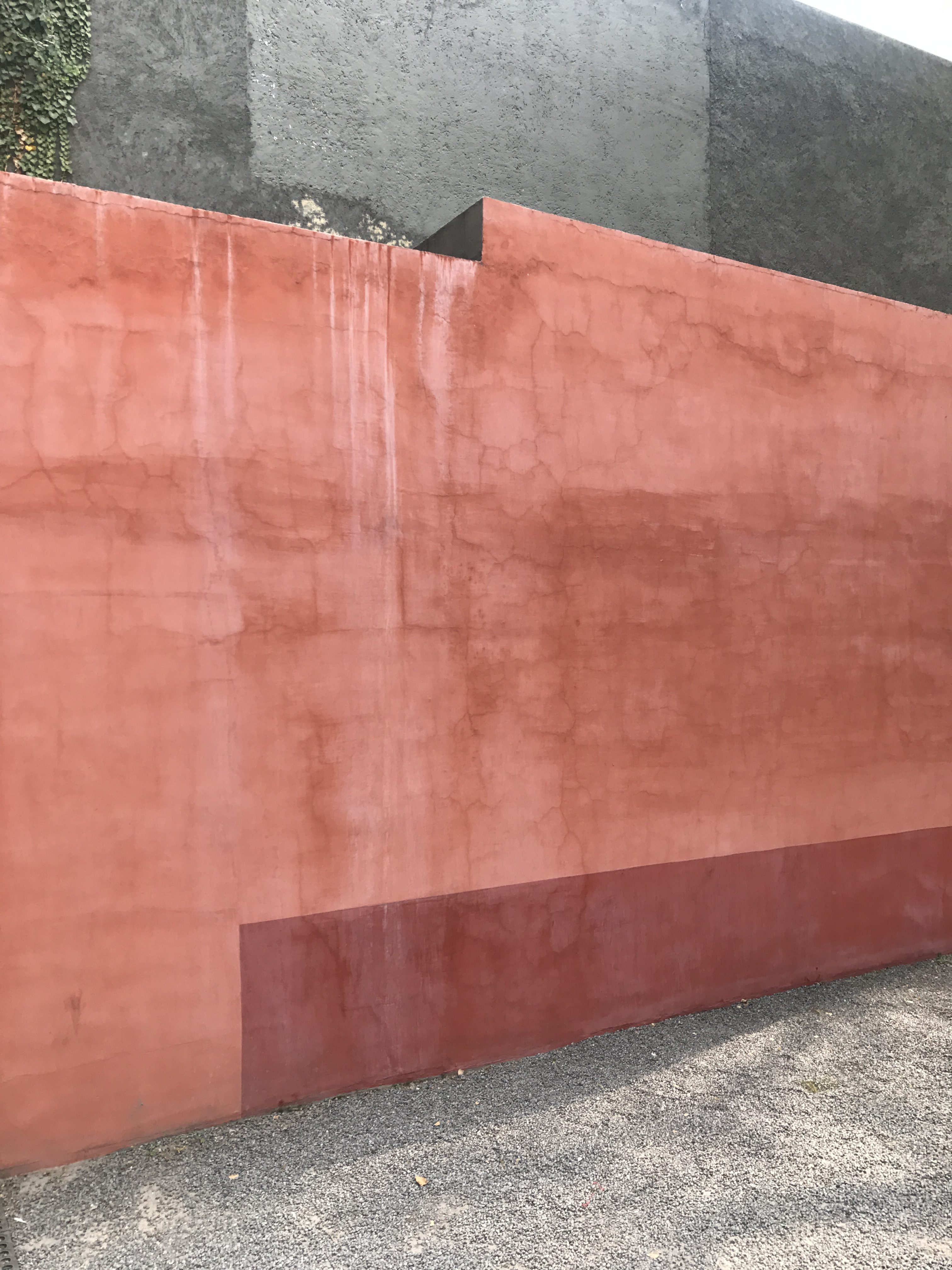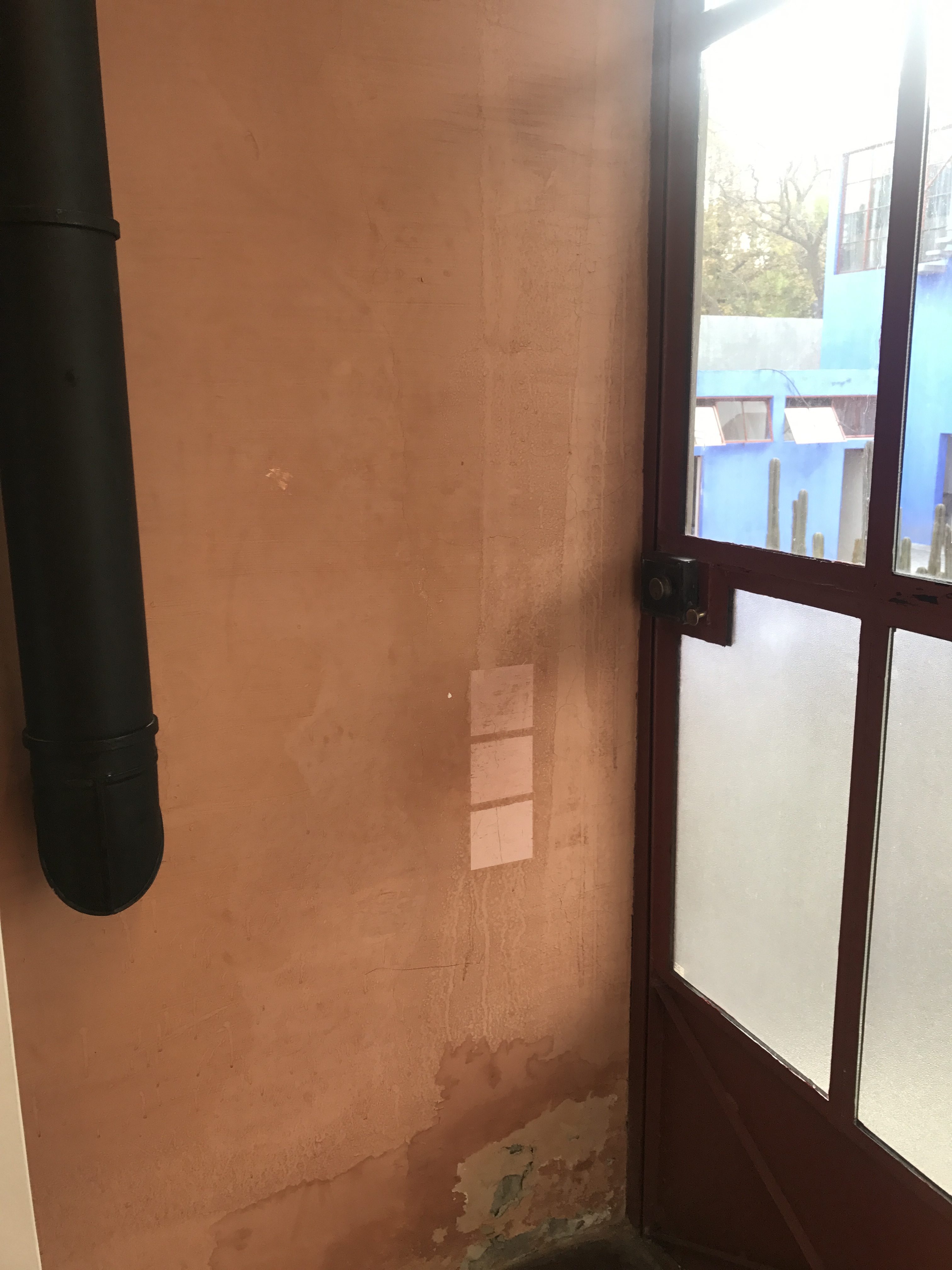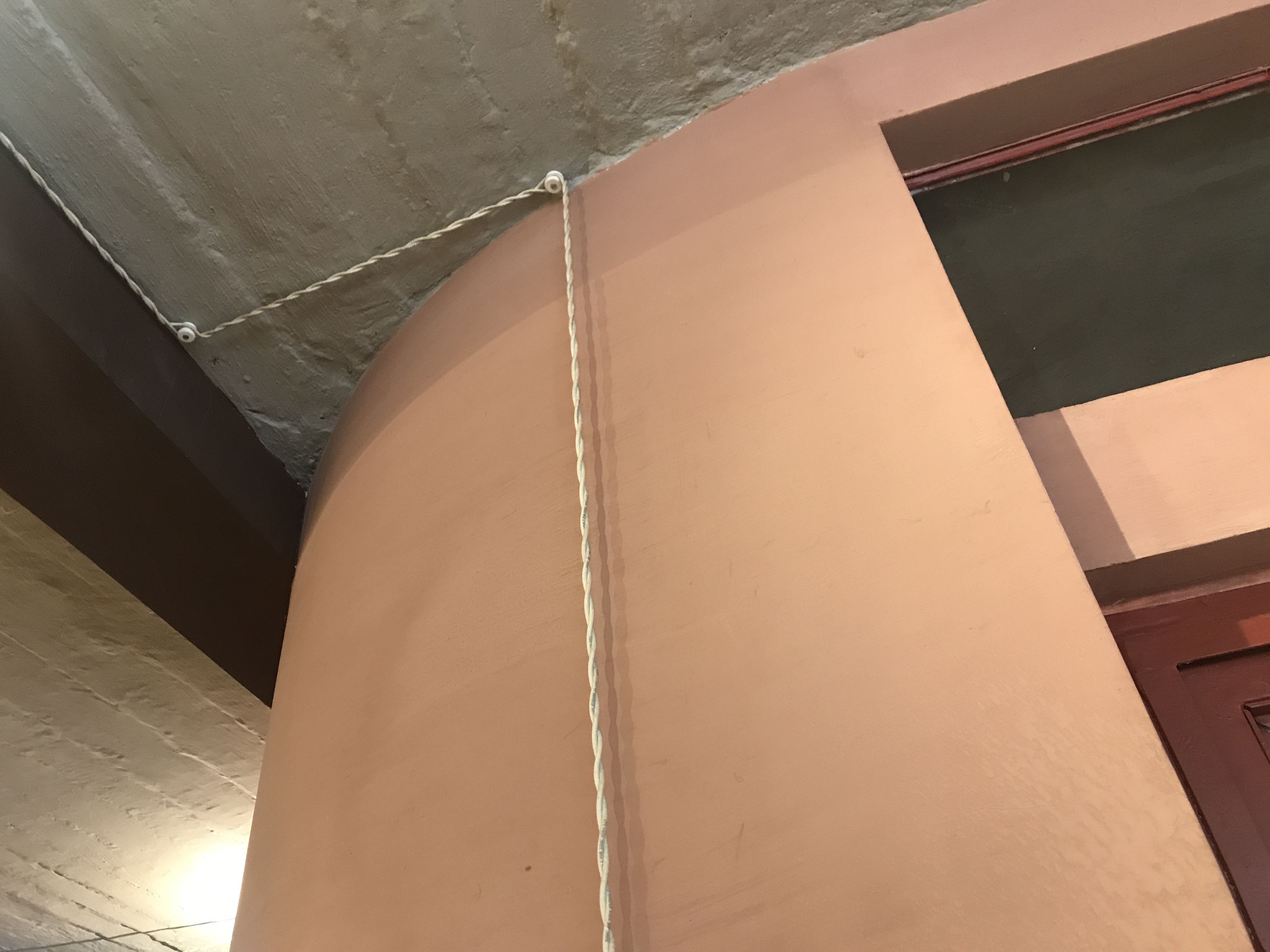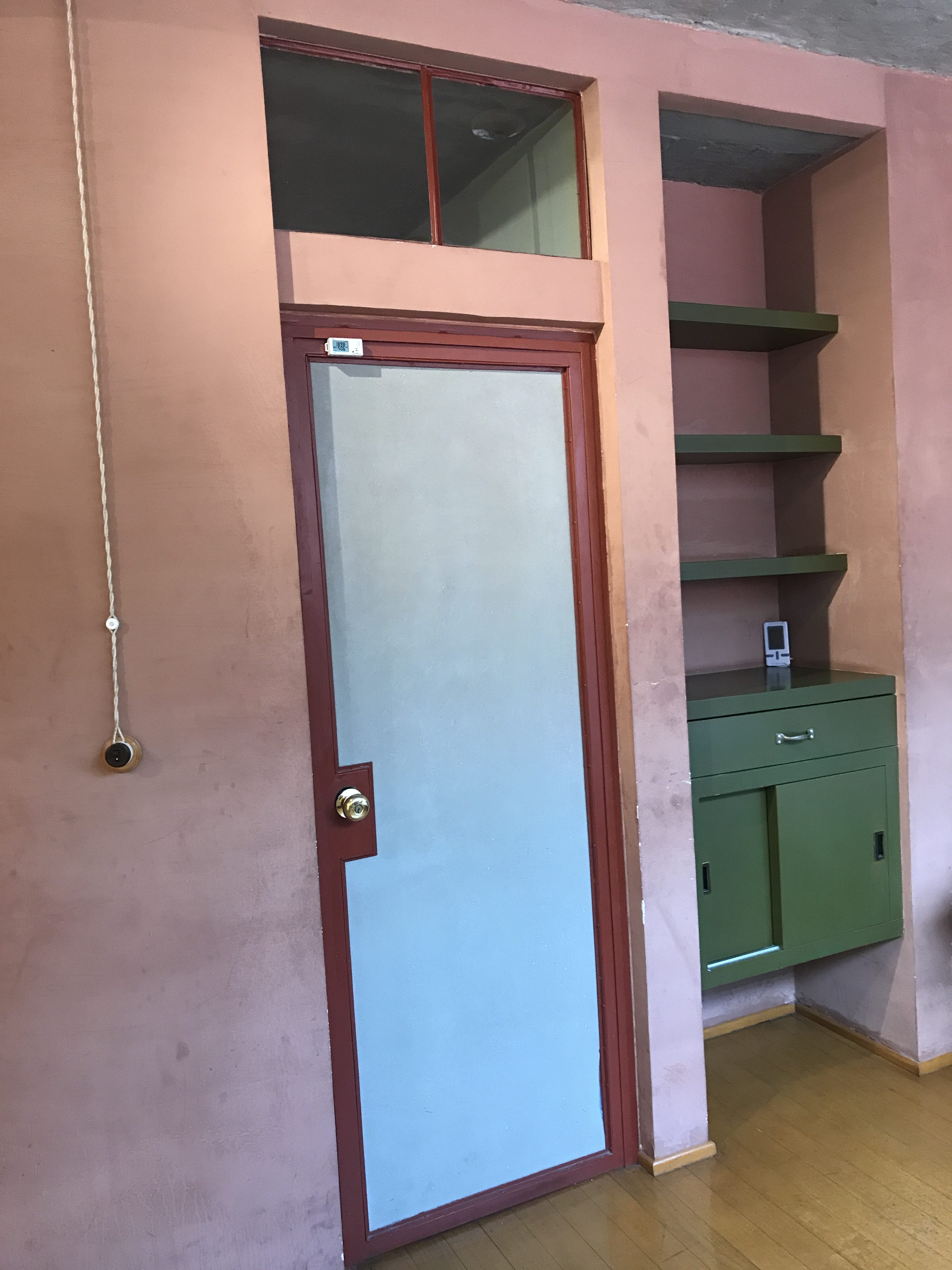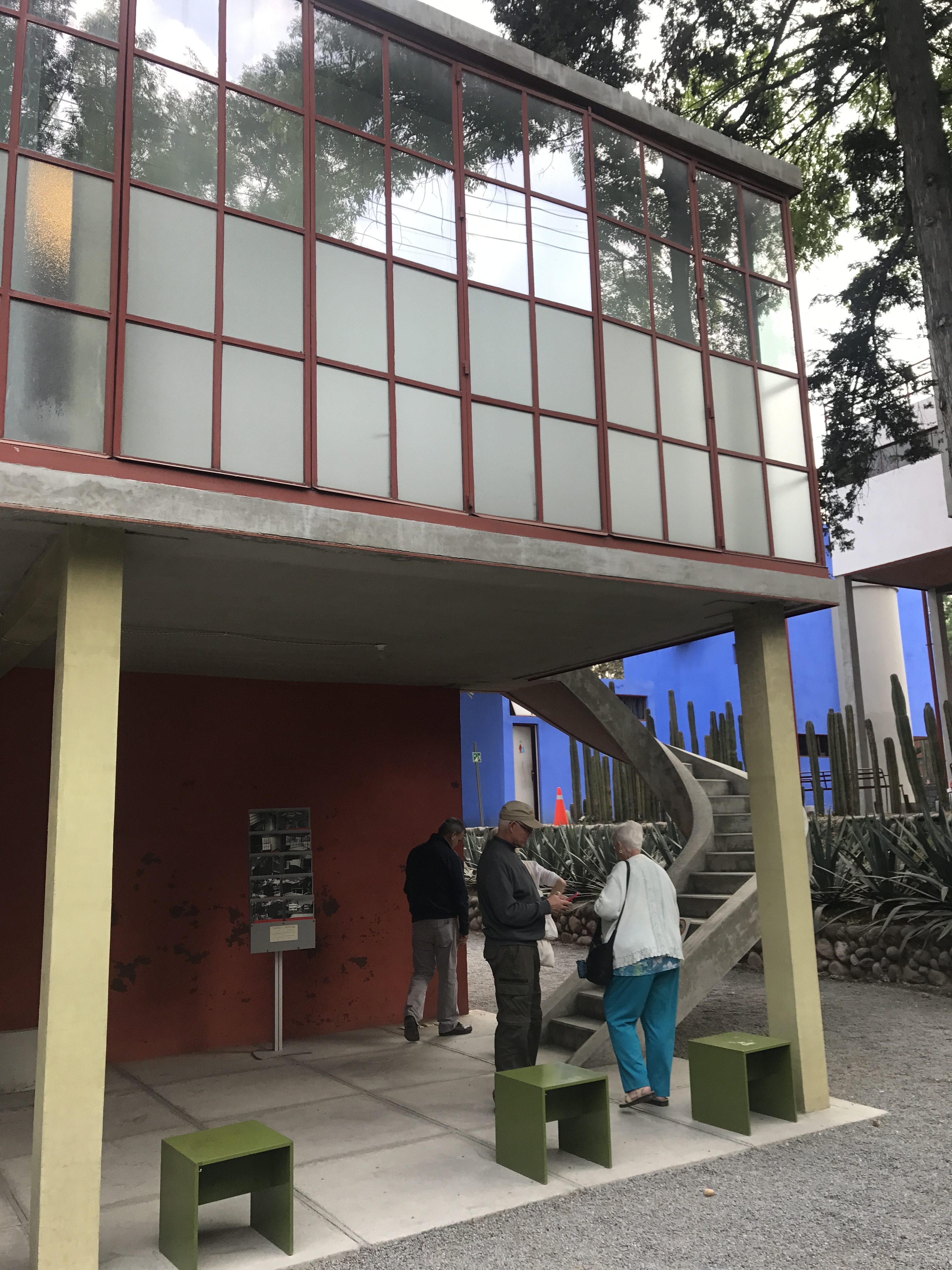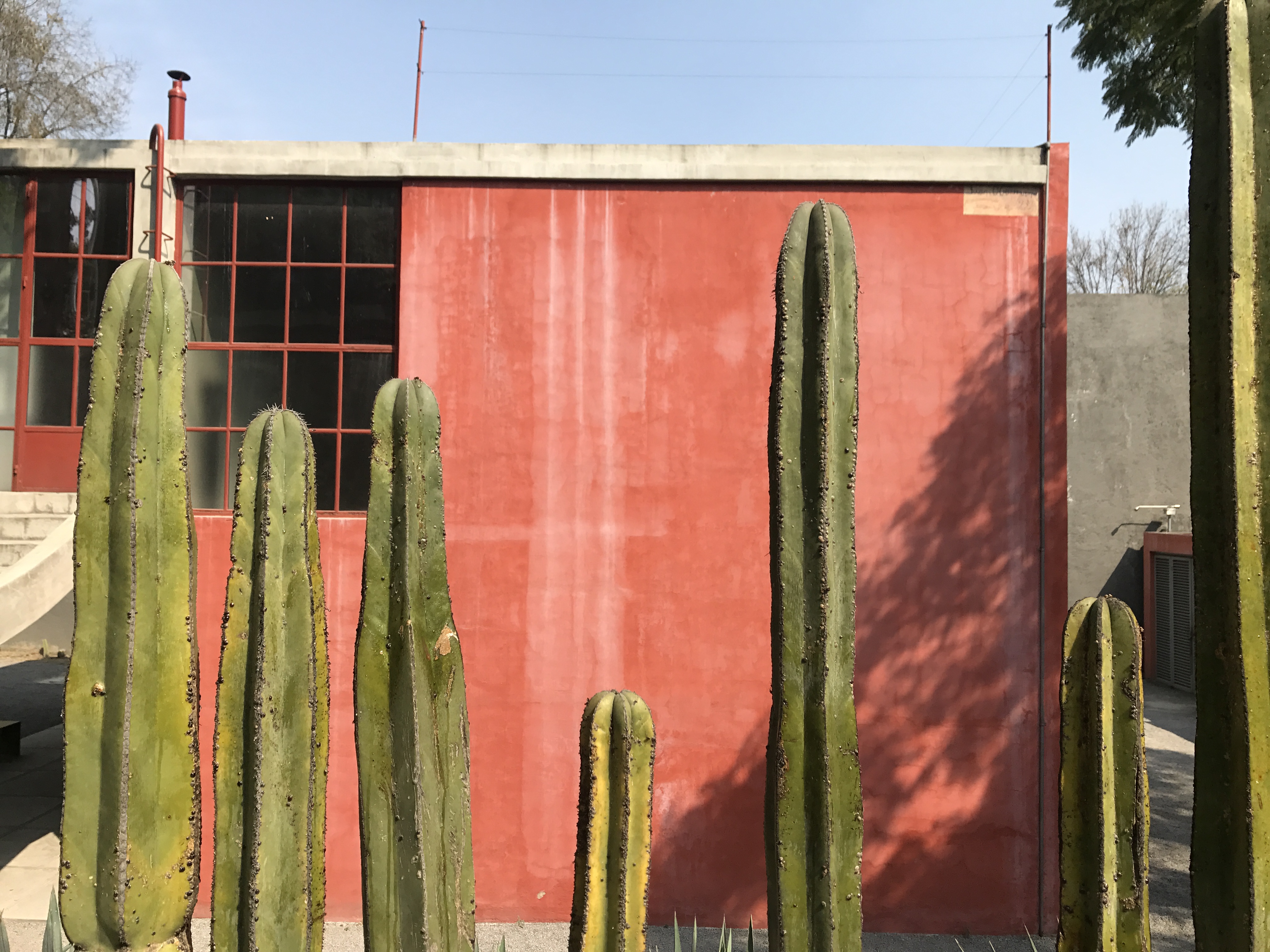Nora Boyd
Grant awarded Fall 2017
5 March 2019
Kossak reflection
I applied for this grant to go to Mexico City to examine the relationship between the painting and architecture of Juan O’Gorman, one of the most celebrated architects and painters of the 20th century. In my thesis, I hope to correct a particular lacuna within English-language scholarship on him, which flattens his historical contribution to modernist architecture by attributing his early buildings to influence from Le Corbusier and his later buildings to influence from Frank Lloyd Wright. By focusing on his integration of fresco painting into his early architecture, I hope to reposition painting as integral to his practice as an architect, and establish his unique place in history as a painter-architect. In particular, I believed the Casa O’Gorman (1929), on the site of his Casa Estudio Rivera y Frida Kahlo studios (1931), could help me explore the relationship of painting and color fresco to his architecture from his earliest works. With the help of this grant, I went to Mexico City in January 2018 to track down O’Gorman’s archives, to spend as much time as possible studying the 1929 house in person, and to consider it alongside his murals scattered around the city such as those in the National Museum of History in Chapultepec Park, and his later architecture at UNAM. It was an adventure locating the archives (which were deep within the Museo Nacional de Arquitectura, and in the process of moving), but in it I found something revelatory, at least to me: evidence that O’Gorman had considered figural murals as integral to his architecture from the beginning. At twenty-four, he was designing a house with an emdedded mural featuring the Mexican sun and moon, which he would return to in his UNAM library mosaics in the late 1940s, and which he would later use in his Multiple Self Portrait (1950). Like his school friend Frida Kahlo, who would paint the sun and moon, along with the hammer and sickle, in her Self Portrait on the Border with Mexico (1932) and on her own body casts in the 1930s, Juan O’Gorman was interested in a symbolic vocabulary for post-revolutionary Mexican society, which married Nationalist themes and renewed interest in mesoamerican forms. I’m grateful for the funding, which allowed me to see these works in context, and to mine the archives for this information which I will incorporate into my thesis here at Hunter.

